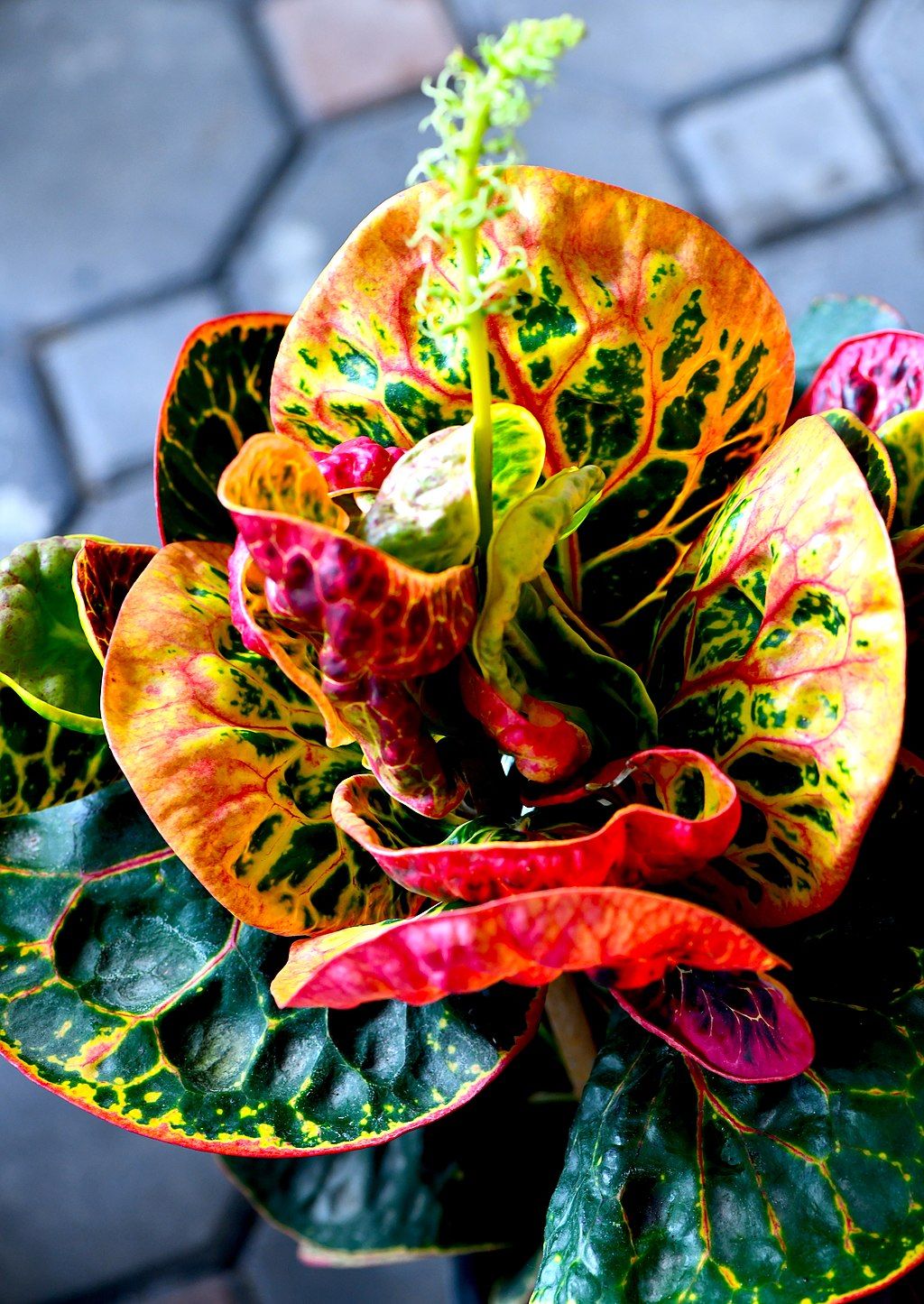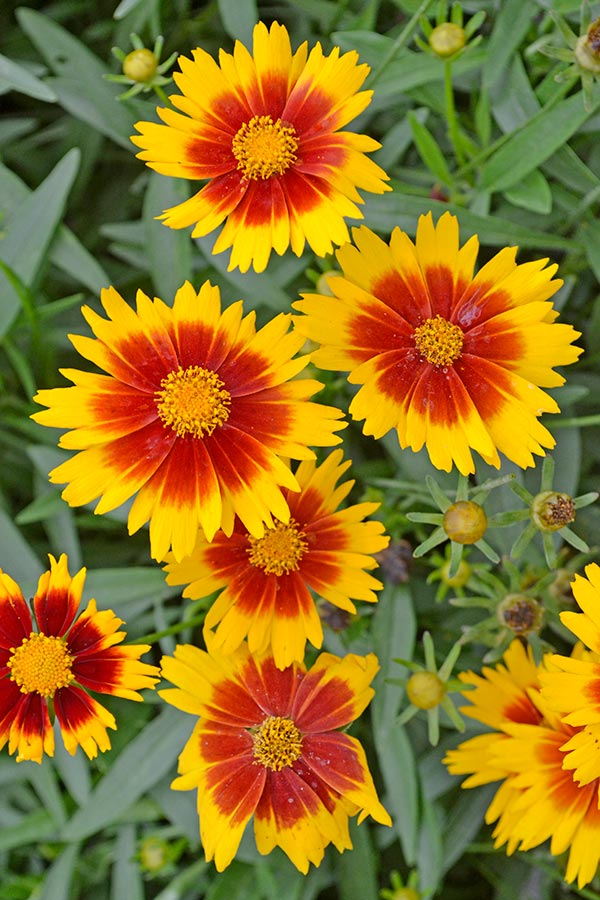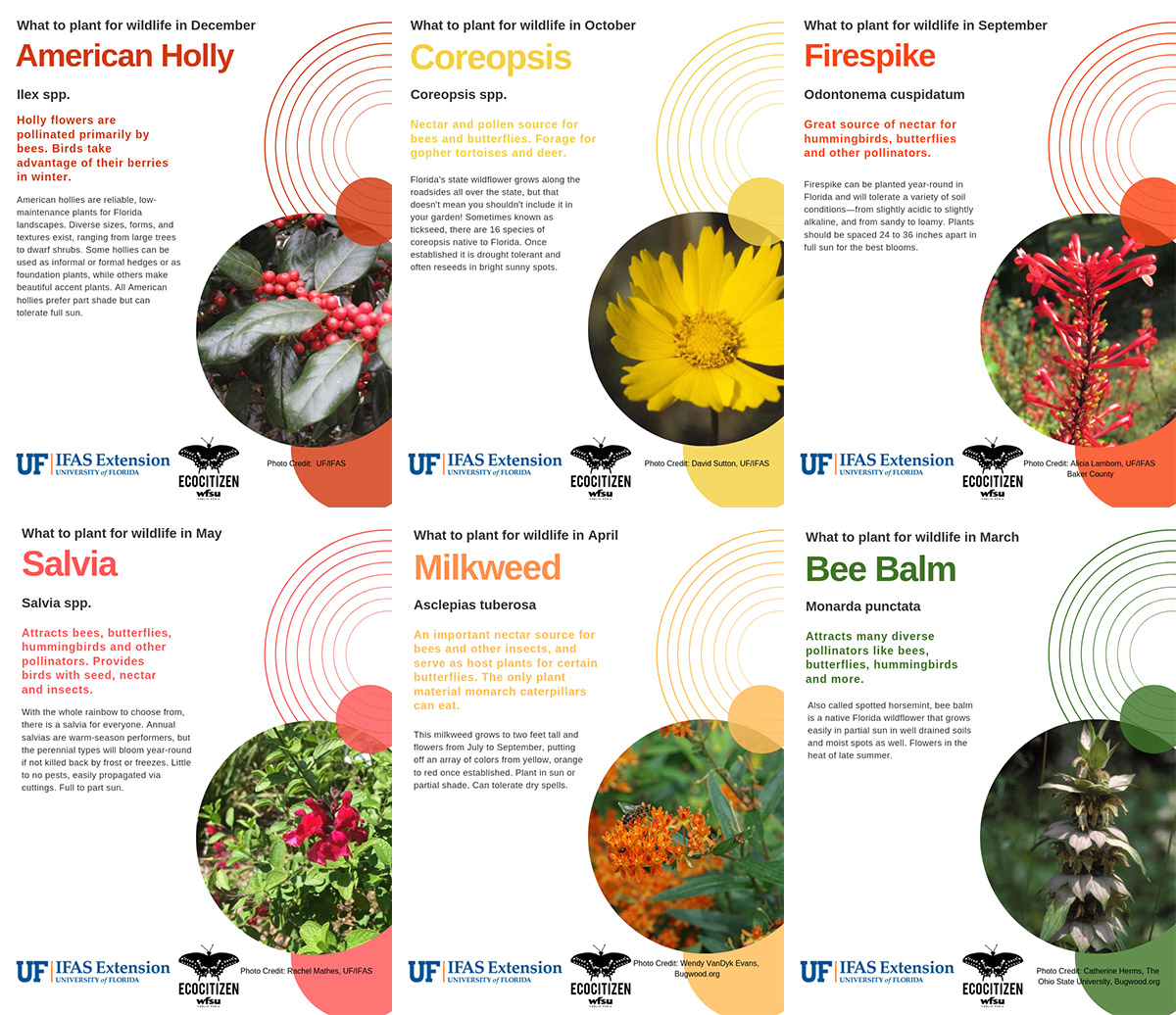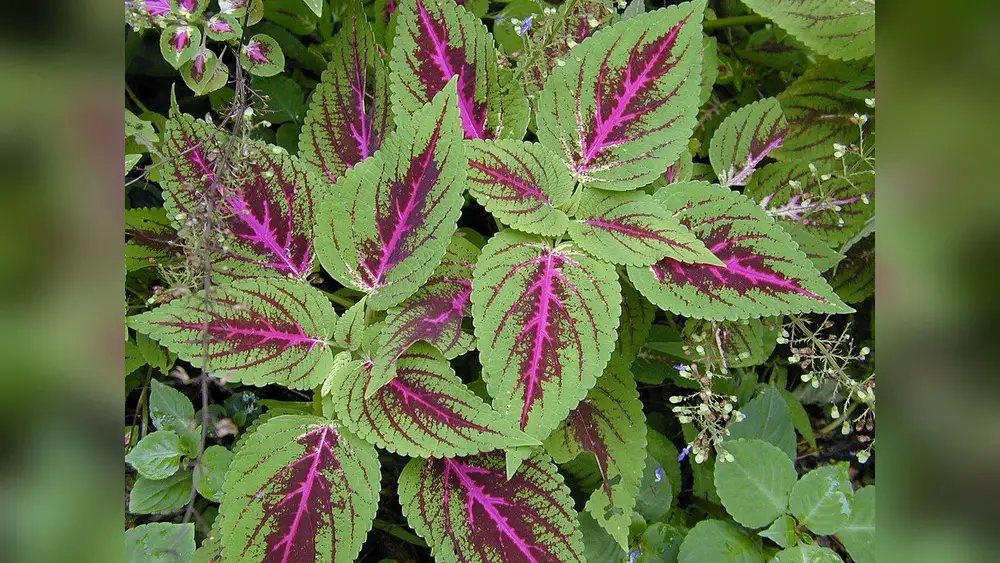Are you ready to keep your garden thriving even when the temperatures drop? Winter in Florida may be milder than in many other places, but choosing the right plants is key to a vibrant, healthy garden during the cooler months.
Whether you want fresh vegetables, colorful flowers, or low-maintenance greenery, knowing which plants flourish in Florida’s winter climate can make all the difference. In this guide, you’ll discover the best plants to plant for winter in Florida—easy to grow, packed with nutrients, and perfect for your garden’s unique needs.
Keep reading to find out how you can create a beautiful winter garden that thrives from December through February and beyond!

Credit: www.groundsource.pro
Winter Vegetables For Florida Gardens
Winter offers a great chance to grow fresh vegetables in Florida gardens. The mild climate lets gardeners plant a variety of crops that thrive in cooler temperatures. Choosing the right winter vegetables ensures a healthy and productive garden. These plants add color and nutrition to your meals during the cooler months. Below are some of the best winter vegetables to plant in Florida.
Leafy Greens To Grow
Leafy greens are perfect for Florida winters. Lettuce, spinach, kale, and arugula grow well in cooler weather. These greens are rich in vitamins and easy to harvest. They also grow quickly, giving you fresh leaves in just a few weeks. Plant them in well-drained soil with good sunlight. Regular watering helps keep the leaves tender and flavorful.
Brassicas That Thrive
Brassicas include broccoli, cauliflower, cabbage, and Brussels sprouts. These vegetables love the cooler temperatures of winter. Starting seeds indoors can protect young plants from pests. Transplant seedlings to the garden after they grow strong. These crops need fertile soil and consistent moisture. They provide important nutrients like vitamin C and fiber.
Root Vegetables To Plant
Root vegetables like carrots, radishes, and beets do well in Florida winters. Sow the seeds directly into loose, sandy soil. These vegetables grow underground and need loose soil to expand. Radishes grow fast and can be harvested in about a month. Carrots and beets take longer but offer sweet and crunchy roots. Regular watering is key for tender roots.
Warm-weather Crops For South Florida
South Florida’s mild winters allow some warm-weather crops to continue growing. Tomatoes, peppers, and eggplants do well in this region during winter. Strawberries are another popular choice for South Florida gardens. Plant these crops in sunny spots with well-drained soil. They benefit from regular watering and occasional fertilizing for best yields.

Credit: costafarms.com
Flower Choices For Florida Winters
Choosing the right flowers for Florida winters brightens gardens and outdoor spaces. The mild winter climate allows a wide variety of blooms to thrive. Flowers add color and life when many other plants rest. Selecting hardy and beautiful plants ensures a vibrant garden through the cooler months.
Popular Winter Annuals
Winter annuals are easy to grow and offer quick color. Pansies and violas show bright faces in shades of purple, yellow, and white. Snapdragons bring tall spikes of colorful blossoms. Calendulas provide cheerful orange and yellow flowers that attract pollinators. These plants handle Florida’s mild cold and keep gardens lively.
Native Winter Bloomers
Native plants suit Florida’s winter weather and support local wildlife. The coral honeysuckle produces small red flowers that attract hummingbirds. Snowberry bushes bloom with white clusters that stand out in winter. Passionflowers provide exotic blooms and offer food for butterflies. These natives need less water and care than exotic varieties.
Planting Tips For Winter Success
Winter gardening in Florida requires smart planning and careful planting. Success depends on choosing the right methods and understanding local conditions. These planting tips will help your winter garden thrive in Florida’s unique climate.
Starting Seeds Indoors
Starting seeds indoors gives plants a strong beginning. Use seed trays or small pots with quality seed-starting mix. Keep them in a warm, bright spot to encourage germination. Transplant seedlings to the garden after a few weeks, once they develop true leaves. This method protects young plants from pests and harsh weather.
Direct Sowing Techniques
Some vegetables grow best when sown directly in the soil. Root crops like carrots and radishes do well this way. Prepare loose, well-drained soil for easy root growth. Plant seeds at the right depth and space for each type. Keep soil moist but not waterlogged to avoid seed rot. Direct sowing saves time and reduces transplant shock.
Pest Management Strategies
Winter pests can still harm your crops in Florida. Inspect plants regularly for signs of damage. Use natural methods like handpicking pests or spraying with insecticidal soap. Encourage beneficial insects such as ladybugs and lacewings to control harmful bugs. Avoid harsh chemicals to keep your garden safe and healthy.
Choosing Climate-suitable Varieties
Select plants that thrive in Florida’s mild winter climate. Look for cold-hardy and heat-tolerant varieties. Brassicas like broccoli, kale, and cabbage grow well in winter. Leafy greens such as spinach and lettuce also perform strongly. Choosing the right varieties reduces stress on plants and improves harvest quality.
Low-maintenance Winter Landscaping
Low-maintenance winter landscaping helps keep your garden healthy with less effort. In Florida, mild winters allow many plants to thrive without constant care. Choosing the right plants and design can reduce watering, pruning, and pest control. This approach saves time and keeps your outdoor space attractive through the cooler months.
Rain Gardens For Water Control
Rain gardens collect and absorb rainwater, preventing runoff and erosion. They use plants that thrive in wet and dry conditions. These gardens reduce water waste and protect local waterways. Choosing native plants for rain gardens helps maintain soil health and supports wildlife. Rain gardens work well in Florida’s winter rains and dry spells.
Florida-friendly Native Plants
Native plants are adapted to Florida’s climate and soil. They need less water, fertilizer, and care than non-native species. These plants support local insects, birds, and animals. Examples include coontie, firebush, and beautyberry. Using native plants creates a natural, low-maintenance landscape that stays colorful in winter. They also reduce your garden’s environmental impact.

Credit: blog.wfsu.org
Frequently Asked Questions
What Do You Plant In A Winter Garden In Florida?
Plant mustard greens, spinach, lettuce, kale, collard greens, cabbage, carrots, radishes, broccoli, and cauliflower in a Florida winter garden.
What Can I Plant In October In Florida?
Plant cool-season vegetables like lettuce, kale, spinach, carrots, radishes, broccoli, cauliflower, and cabbage in Florida this October. South Florida can also start warm-weather crops and strawberries. Start seeds indoors for brassicas and sow root vegetables directly in the garden.
Can You Plant Flowers In The Winter In Florida?
Yes, you can plant flowers in Florida during winter. Choose winter annuals like pansies, snapdragons, and violas for best results.
What Is The Best Low Maintenance Landscape In Florida?
The best low maintenance landscape in Florida includes native plants like coontie, muhly grass, and firebush. These plants thrive with minimal water and care. Incorporate drought-tolerant palms and succulents for added resilience and year-round greenery. Mulch and drip irrigation reduce upkeep further.
Conclusion
Planting the right winter crops keeps your Florida garden healthy. Choose leafy greens, root vegetables, and brassicas for best results. Start some seeds indoors to protect young plants. Remember to watch for pests and protect your crops. Enjoy fresh, nutritious vegetables all winter long.
A little care brings a thriving garden even in cooler months.

